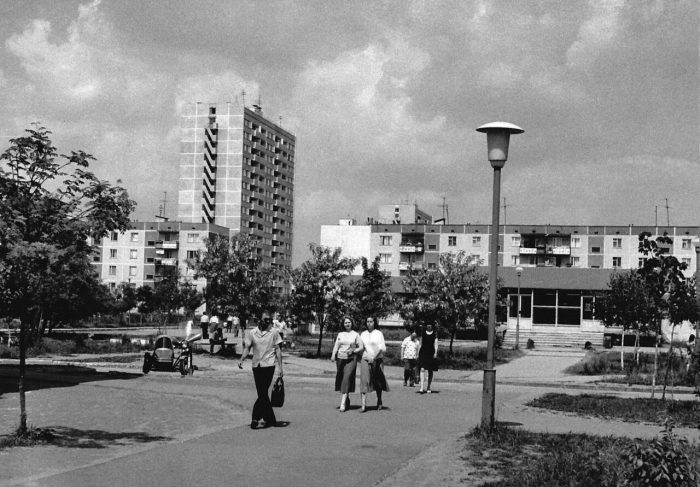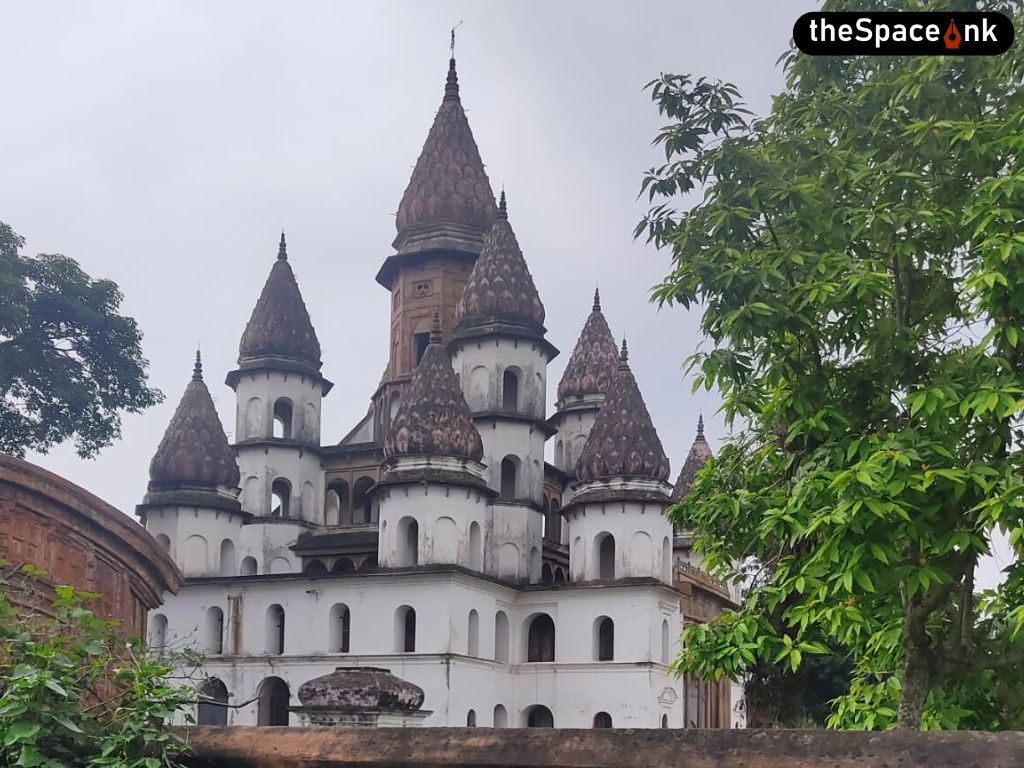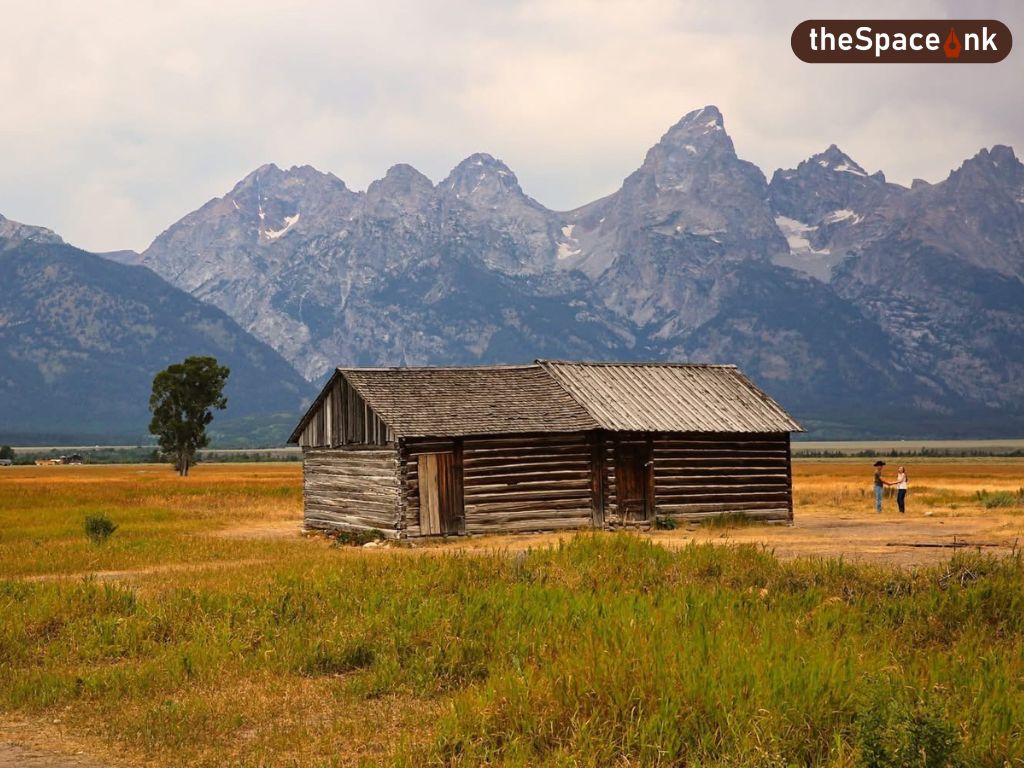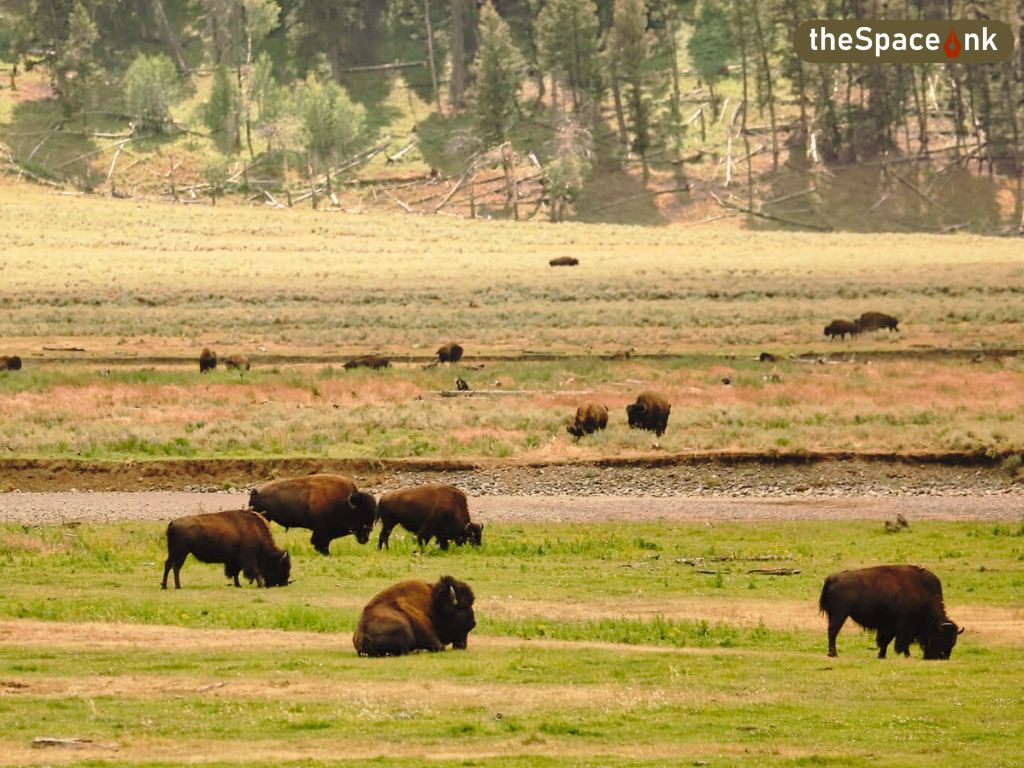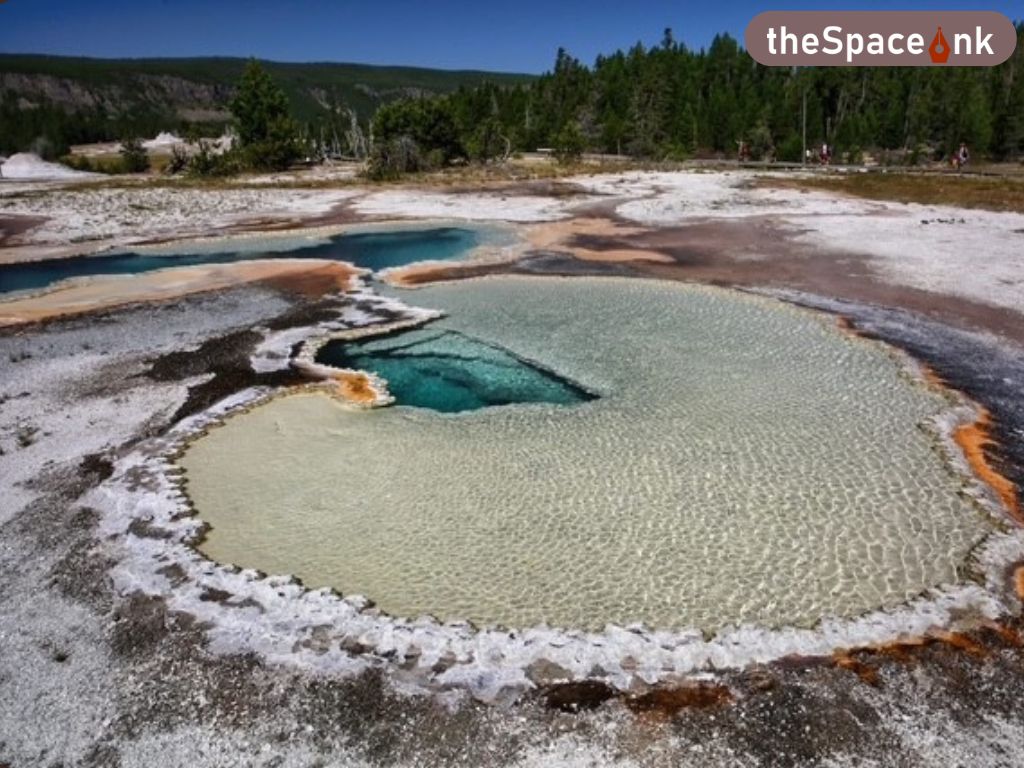The next stop on our list was a school and its boarding. Books have been left open on the table for 35 years. There are drawings on the classroom boards and dolls lying unattended for decades beside deserted dorm beds in the boarding. You can spot a lone pair of girl’s shoes. Perhaps it belonged to a child who had to leave barefoot in a hurry. Things that were probably dear to the kids now lie scattered. Dangerously decaying away and slowly emitting radiation. No one has touched anything here since 1986 and no one would live here for the next few centuries.
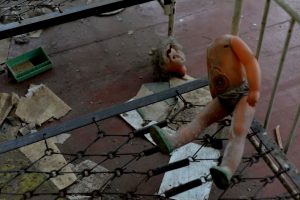
For lunch, we visited the power plant. The epicenter of it all. No photography is allowed inside. A few hundred workers – engineers and scientists, work here. Their only task is to control the radiation and save the core from a meltdown. It is like defusing the deadliest live bomb on the planet. And these men and women work in one of the deadliest of environments. It was an honour to queue up with them to get our lunch. You can, however, take pictures outside. So, in spite of the steady snowfall, I managed to click the notorious reactor 4.
The three-kilometer stretch between the edge of the power plant and the gates of the famed city of Pripyat lies the most radioactive piece of land. It was named “the red forest”. For many years no plant could grow here, however, a few fir trees can be seen now. Which is a good sign. Not just because it indicates lower radiation levels, but because it is a thing of joy to see nature restoring its order.
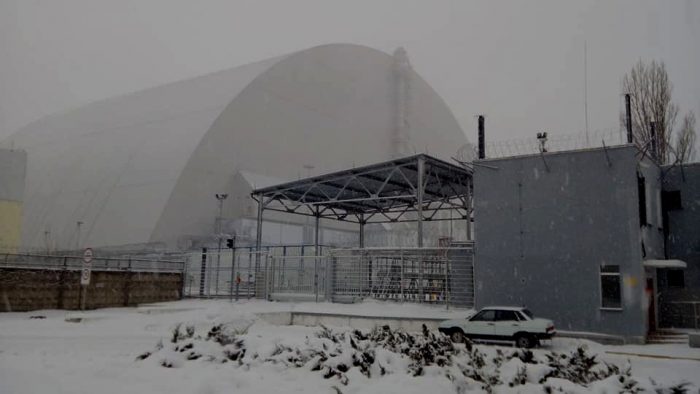
At the end of the forest, we arrived at the gates of Pripyat. Founded in 1970, the town was a flagship project of the former USSR. It was built to attract the best talent of the Soviet Union, and boasted of the best facilities in the union providing a very high standard of living. At the gates, two guards were on duty. And there was no one else in there.

The dozen of us had an entire abandoned city to ourselves. It was getting dark and the snow was turning into a blizzard― a fitting backdrop to the ghostly multistoried apartments, gigantic hotel complexes, supermarkets, community halls, stadiums. A thick forest has reclaimed the land back from the tar and concrete. Trees have grown into the buildings, cracking the reinforced concrete with their might. It seems like a tussle between the Titans, nature vs human civilization. We walked through the turf of the stadium, where a thick vegetation now exists next to the galleries. Then we approached the infamous amusement park. We walked past the rusting giant wheel, striking cars, joy rides, that have never been used. This park was supposed to be inaugurated on May Day 1986, five days after the disaster. Pripyat was then in the middle of an evacuation on that day.
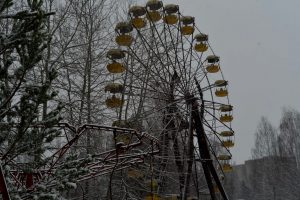
It was now completely dark and we had to leave. No one is allowed to stay after dark. No humans to be precise. The city becomes a playground for the wolves at night, who come hunting for deers and rabbits. The entire exclusion zone is actually teeming with life. Animals thrive there, devoid of human interference.
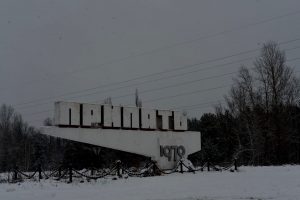
We headed back in our tour bus, in the dark. To exit the zone, you have to pass through detectors. If the clothes are contaminated, you will have to leave them behind and will be given a fresh set.
Later that night I was walking down the crowded streets of Kyiv. It was full of people – dining, shopping, driving their families, laughing with friends. The lights and the sounds of life as we know it. But the haunting images from the exclusion zone reminded me how fragile all these were. How unstable and uncertain our modern civilization actually is.
The Chernobyl Exclusion Zone is about 2600 sq km spread across Ukraine and Belarus.
The area was evacuated in 1986 and since then residents have not been allowed to go back.
An estimated 600,000 men and women worked to decontaminate the zone.
Presently the security guards and the power plant workers are the only workers inside the zone.
An estimated 150 residents have come back to illegally live in their abandoned village homes.
It is not expected to become habitable in the next 100 years.
Images courtesy: Yubananswa Chakraborty
Yubanaswa is based in Gangtok and runs a startup for sustainable tourism in Northeastern India. Previously a software developer, he is passionate about adventure travel, biking, trekking, travel photography etc.


